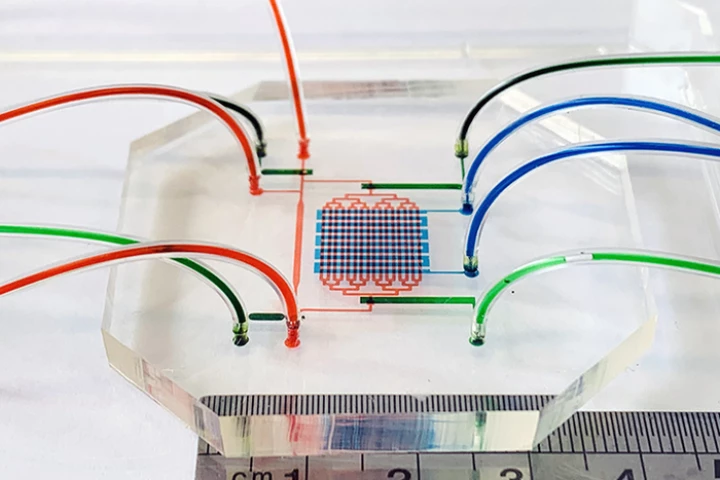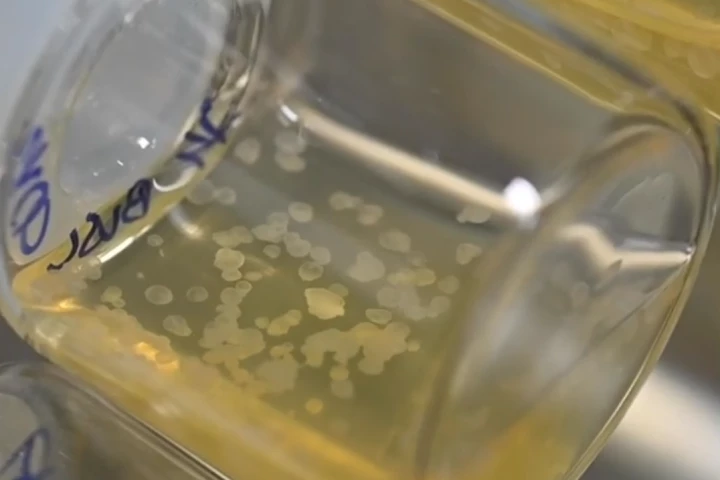Induced Pluripotent Stem Cells (iPS)
-
Scientists have grown mini eyes from human cells in the lab. These eye organoids provide good models of the real thing to help scientists study diseases that cause blindness and potentially find treatments.
-
Researchers have created induced pluripotent stem cells from the genetic material of the critically endangered Sumatran rhino, potentially providing new ways to help conservation efforts. They even used them to grow mini rhino brains in lab dishes.
-
Researchers at the University of New South Wales have demonstrated how a microfluidic device that mimics the embryonic heart can produce blood stem cell precursors, which could let blood stem cells be manufactured on demand.
-
Researchers have created some of the most advanced synthetic mouse embryos out of stem cells, removing the need for sperm, eggs and even a womb. The technology could help us understand development and eventually be used to grow organs for transplant.
-
Researchers have developed a new drug cocktail that can convert cells into totipotent stem cells, the very seeds of life. These cells can differentiate into any cell in the body, potentially bypassing the need for sperm and eggs to grow an organism.
-
Through experimentation with a highly promising anti-aging technique, scientists at the UK's Babraham Institute have demonstrated a new way of turning back the clock in human skin cells, so they function like cells 30 years younger.
-
Researchers have found that the “mother” of stem cells, known as totipotent stem cells, have a much slower rate of DNA replication, which helps improve their differentiation efficiency. This could lead to major breakthrough for regenerative medicine.
-
In what is being described as a world-first, scientists in Israel have reportedly grown spinal cord implants utilizing tissue extracted from human volunteers. Those implants were then used to restore walking abilities to previously paralyzed mice.
-
Immunotherapy is a promising new form of cancer treatment, but the supercharged immune cells it employs can become exhausted in the fight. Researchers in Japan have found a way to keep them going for longer, by rejuvenating them with stem cells.
-
Lab-grown mini-organs are opening up new ways to model biology, diseases and new treatments. Now scientists have created the most advanced stomach organoids so far, composed of three cell types which allows them to contract and produce acid.
-
Researchers at Washington University have tested an experimental new treatment for rheumatoid arthritis in mice. The team implanted stem cells that have been reprogrammed to secrete anti-inflammatory drugs only when they sense inflammation.
-
Researchers have made a striking breakthrough in lab-grown mini organs. Using induced pluriopotent stem cells, the team induced brain organoids to develop rudimentary eye structures that can sense light and send signals to the rest of the brain.
Load More











